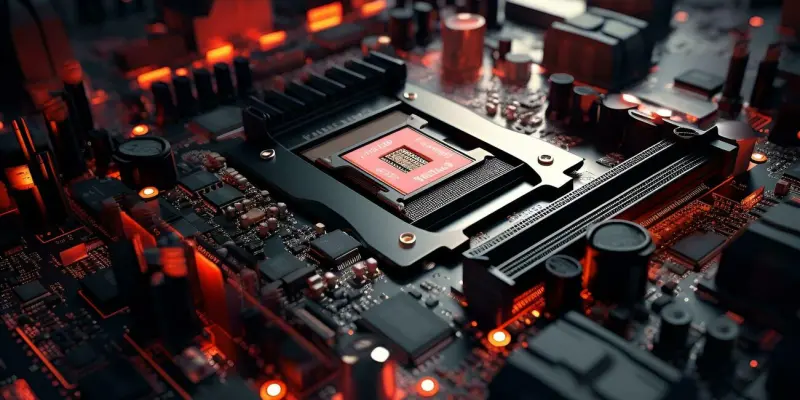In what can only be described as a striking shift in the CPU market landscape, AMD has solidified its position as a dominant force, leaving Intel’s Arrow Lake CPUs grappling with feeble sales figures. Sales data from a prominent German retailer paints an undeniable picture of AMD’s supremacy, with their Ryzen series, notably the Ryzen 7 9800X3D, demonstrating robust market acquisition. This scenario reveals AMD’s ability to captivate customers and generate substantial interest in its offerings. Intel, despite maintaining sales of its older 13th and 14th generation processors, finds itself notably absent from the retailer’s best-selling list, adding to the evidence of AMD’s ascendancy. The complexities surrounding the retailer’s insolvency further highlight the challenges Intel faces in navigating a turbulent market. Meanwhile, both companies have seen a continuation of sales for their older CPUs, despite the incongruities of current trends.
AMD’s Triumphant Market Share
AMD’s impressive market share at a major retailer highlights the stark difference between these two tech giants. With an astounding 91.13% share, AMD sold 1,130 units, dwarfing Intel’s 110 units. This disparity emphasizes AMD’s success in strategic product positioning and market penetration. The company’s higher average selling price is enhanced by the appeal of its high-performance models, particularly the Ryzen 7 9800X3D, which plays a significant role in its market dominance. AMD’s success is further strengthened by its engagement with the AM4 platform and an even more formidable presence with the AM5 platform, reflecting a comprehensive approach to customer satisfaction and technological innovation.
On the other hand, Intel is facing a strategic dilemma as the weak reception of its Arrow Lake lineup reveals decreasing visibility and competitiveness. Retailer financial problems, like those at Mindfactory, worsen Intel’s market positioning challenges, highlighting its urgent need for innovation in a rapidly changing industry. As AMD maintains robust sales and strategic pricing, Intel must reconsider its approach to avoid repeating past errors and find its way back in an ever-evolving market.

